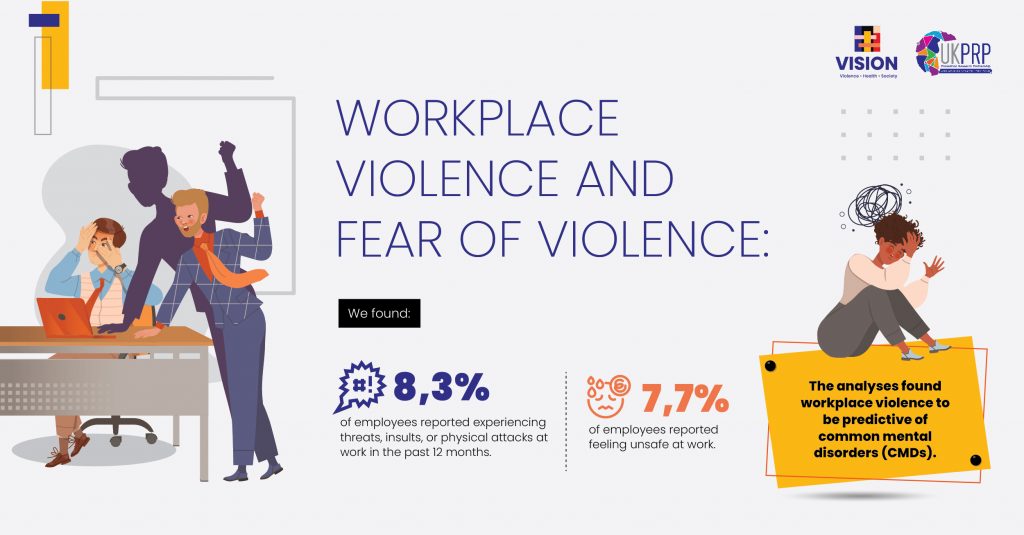Drs Leonie Tanczer and Madeleine Janickyj of the University College London (UCL) Gender and Tech Research Lab and the VISION research consortium, developed a policy briefing, What is tech abuse and how can we tackle it?, with their colleagues at the Gender and Tech Research Lab and the UCL Policy Impact Unit.
Technology-facilitated abuse (tech abuse) refers to the deliberate (mis)use or repurposing of digital systems to coerce, harass, or abuse others. While it is most commonly associated with domestic abuse and stalking, it also occurs in professional and institutional contexts, as well as from strangers.
It is a widespread problem: in the UK, 1.4 million women experienced domestic abuse in 2023-24. In abusive intimate relationships, tech abuse can extend and intensify existing patterns of coercive control, leading to greater levels of harm. Abusers may, for example, send persistent, obscene, or threatening digital communications or track a partner’s movements via GPS or app surveillance. They may also restrict access to accounts, services, or finances.
Despite a shared understanding of tech abuse across sectors and stakeholders, a consensus remains lacking on its precise definition and scope. This definitional ambiguity hinders efforts to measure its prevalence and impact, ultimately limiting how effective prevention and intervention strategies can be.
Recommendations
Tackling tech abuse requires a whole systems approach and better measurement. Other recommendations include:
- Enforce safety-by-design principles and mandatory abusability testing for technology products to proactively address potential misuse
- Deepen understanding of perpetrator behaviour and motivations to inform prevention and intervention strategies
- Leverage innovative methods, such as machine learning, to better understand and respond to tech abuse
- Improve coordinated responses from police, frontline domestic abuse services, tech companies, and government/international bodies, backed by sufficient and sustainable funding
- Future-proof policies and regulations, clarify responsibility, and determine accountability across different stakeholders
- Stop the normalisation of Tech Abuse to support more victims/survivors to seek help, including through honest conversations around digital consent
To download: What is Tech Abuse and how can we tackle it?
To cite: Janickyj, M., Koukopoulos, N., Polamarasetty, A., Reed, J., & Tanczer, L. M. (2025). Policy Brief: What is Tech Abuse and how can we tackle it? Gender and Tech Research Lab, University College London.
For further information, please contact Maddy at m.janickyj@ucl.ac.uk
Illustration from Adobe Stock subscription
